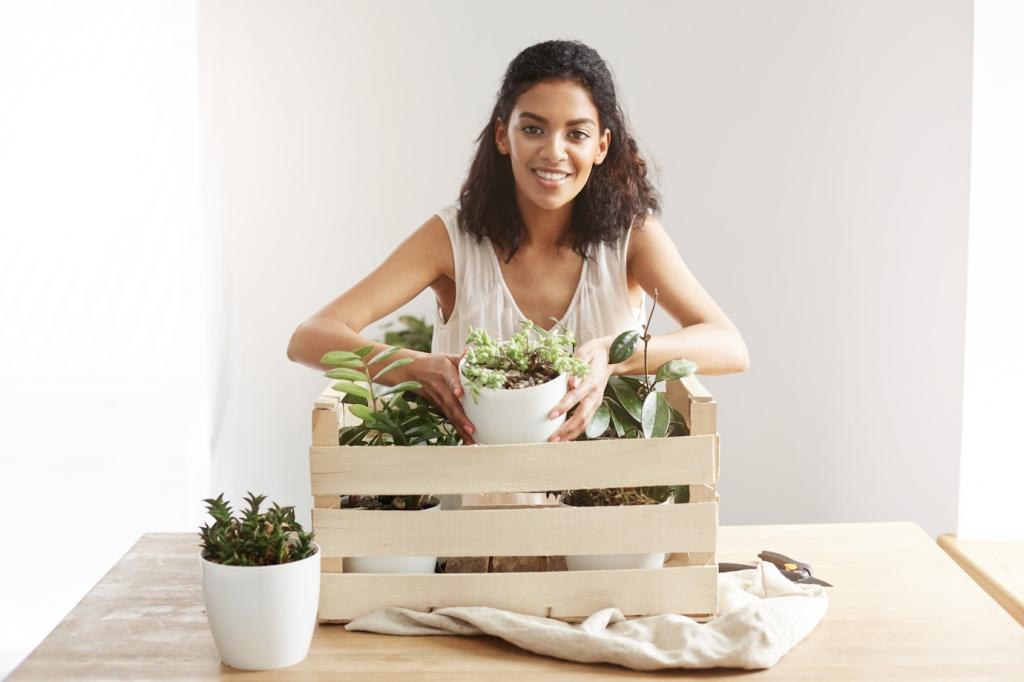
Biophilic Design for Homes: Bring Nature Into Your Everyday
Chosen theme: Biophilic Design for Homes. Welcome to a home page dedicated to turning living spaces into restorative, nature-connected habitats through light, plants, textures, and thoughtful layouts. Settle in, get inspired, and subscribe to follow fresh, practical ideas that help your rooms breathe, calm, and uplift daily life.
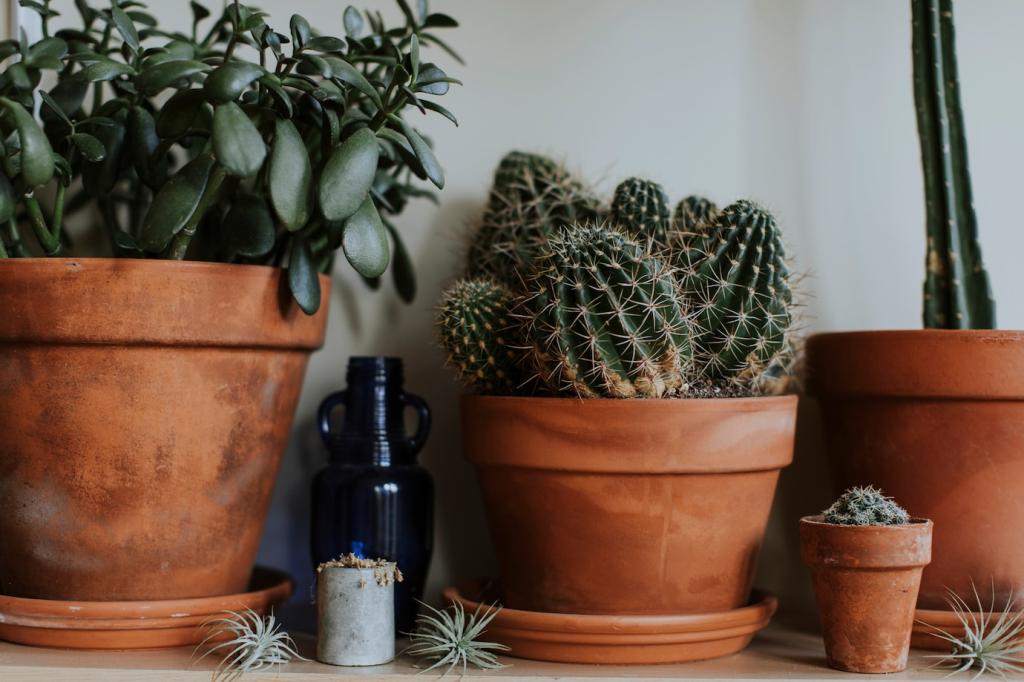
Harnessing Light and Airflow
Use sheer curtains to soften glare, reflective surfaces to bounce light deeper, and window films to filter harsh rays. Add mirrors opposite windows, and celebrate dappled shadows from plants or screens. This creates lively, shifting light that feels like a quiet conversation with the sun throughout your day.
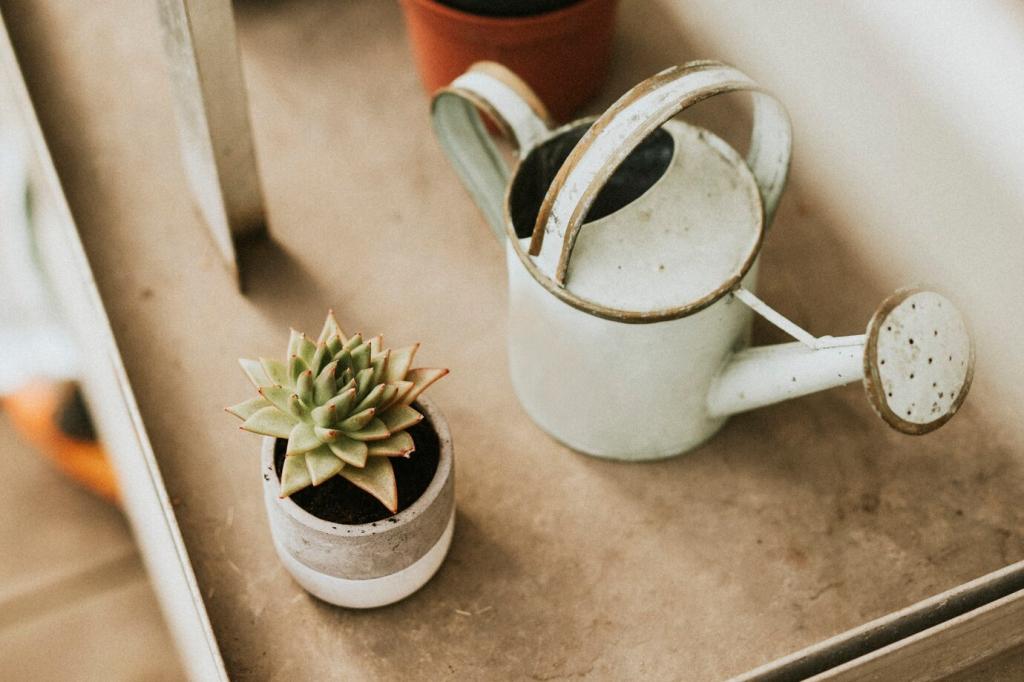
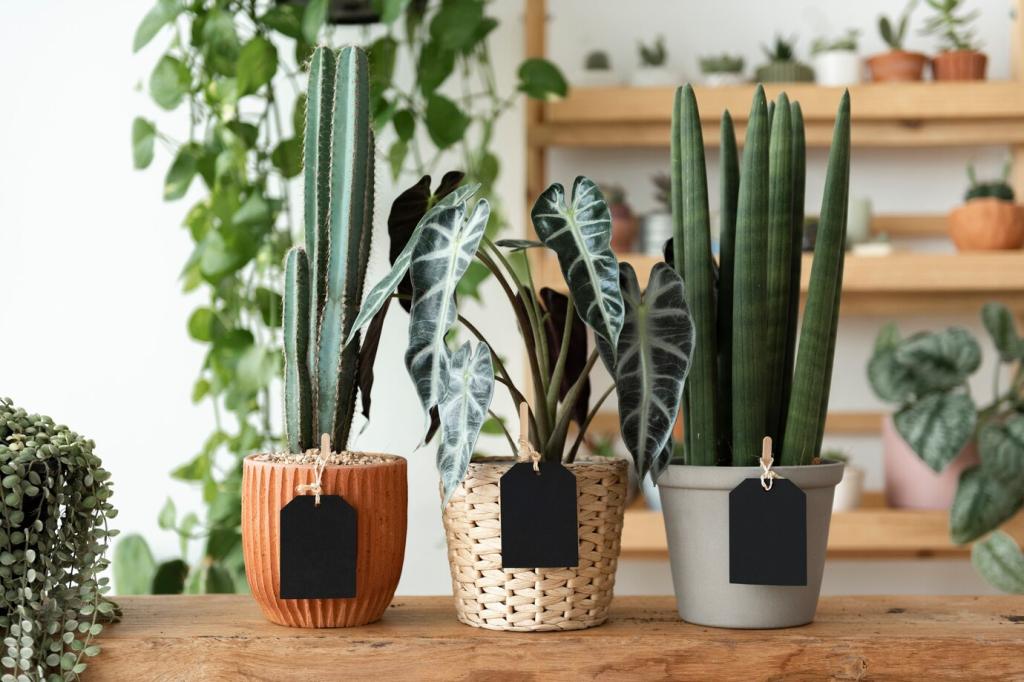
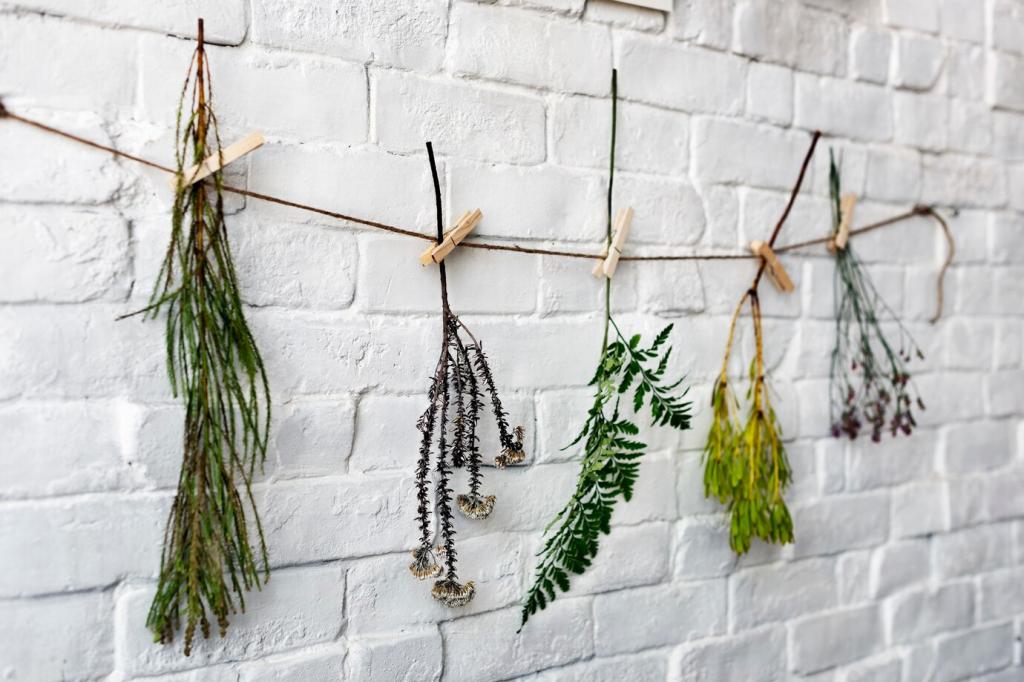
Plants as Co-Designers
Choose plants for real conditions: snake plants for low light, pothos for adaptable trailing, ferns for humidity, and herbs for sunny sills. Observe morning versus afternoon sun, drafts, and radiator heat. Success blooms when plant needs meet the genuine microclimate of your room, not the one you imagine.
Plants as Co-Designers
Terracotta breathes, glazed pots retain moisture, and self-watering inserts smooth busy weeks. Use well-draining mixes tailored to species, add trays for tidy watering, and set a weekly check-in ritual. Maintenance becomes meditation when paired with music, open windows, and a slow, attentive circuit around your green companions.
Let materials age gracefully
Choose finishes that welcome patina: oiled wood, matte stone, cork flooring, and hand-formed clay tiles. Subtle imperfections invite touch and reflect time lived well. Try woven baskets and linen curtains for softness. When materials age honestly, your home tells a warmer story with every season that passes.
Nature’s color cadence
Layer earth tones, soft greens, river blues, mushroom grays, and sunlit neutrals. Anchor with a calm base, then punctuate with leaf, bark, or clay accents. A muted palette allows light and plants to sing, while a single deep green wall can ground a room like a forest clearing.
Touch invites presence
Balance textures: smooth stone beside nubby wool, rattan against powdery plaster. Tactile contrast gently wakes the senses without shouting. Reachable textures near seats encourage micro-pauses and mindful breathing. Which tactile pairing makes you exhale on contact? Share, and inspire someone planning a weekend refresh right now.
Water, Sound, and Scent for Sensory Calm
Quiet water features without overwhelm
Try a small tabletop fountain with adjustable flow, or place a bowl near a sunny window so light plays on the surface. Maintain cleanliness to avoid mineral buildup, and keep volume low. The goal is a background murmur, like a distant stream, that invites calm rather than demands attention.
Tuning the soundscape
Open windows briefly for birdsong, or use gentle nature recordings at low volume during focused work. Avoid loops that feel repetitive; variety matters. Soft textiles reduce echo, while plants subtly absorb sound. What natural sounds anchor your day—dawn birds, rain on glass, or leaves rustling in evening air?
Scent as a subtle story
Grow rosemary, mint, or lemon thyme for a bright, honest aroma. Pair beeswax candles with cedar sachets, and ventilate regularly for freshness. Skip overpowering fragrances so plants and materials lead. Share your favorite herbal blend for late-night reading, and we’ll compile community recipes for calming routines.
Tuck a chair under a canopy of trailing plants, add a low lamp, and anchor with a textured rug. Place shelves or a screen at your back for gentle enclosure. This micro-haven becomes your warm refuge for nights, storms, and deep work. What corner might become your perfect cocoon?
Prospect and Refuge: Layout That Feels Safe and Open
Keep sightlines to windows open by floating furniture strategically and avoiding tall obstacles near glass. Use slender-legged tables and open shelving to create depth without blockage. A single plant on a stand can frame, not hide, outdoor views. Share your before-and-after when a room finally learned to breathe.
Prospect and Refuge: Layout That Feels Safe and Open
Indoor–Outdoor Continuity and Seasonal Rhythm
Use sliding screens, lightweight curtains, and matching floor tones to connect balcony or garden with interior. Repeat planters and materials inside and out. A small bench near the door encourages shoes-off, breath-on arrivals. How do you greet the outside world when you step into or out of your home?
